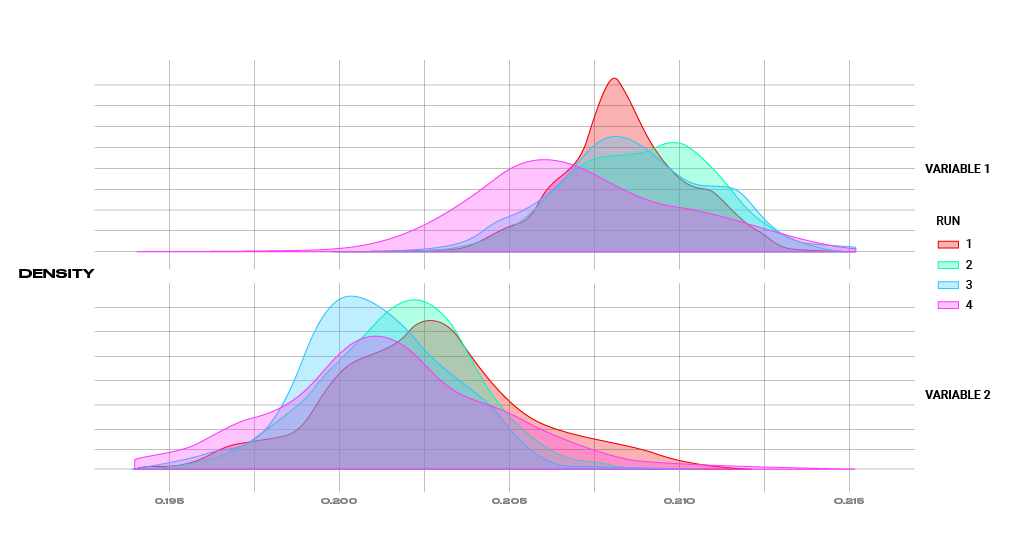


Building on the success of Aerobar One and the evolution of triathlon positioning, we saw the potential in providing an ecosystem that catered for a greater length, inclination angle and cup stack adjustment.
Overcoming these challenges required a system-wide approach with a completely new design of the extension clamp, mounting accessories (Fit Kits), and optimisation of the extension geometry to achieve the optimal position. With dedicated angulation, and the option of 15-degrees or 20-degrees out of the box, Aerobar Two allows you to achieve the most effective forearm inclination angle for your positional requirements.
Our Aerobar Two extensions are the industry standard 22.2mm diameter, are compatible with modern electronic shifters and can be readily trimmed for the correct length and height. For 2025 we have made it even easier to evolve cockpit setup, for the maximum gains in comfort and performance.

Aerobar Two complements a range of TT and Triathlon bikes, via our fit kit architecture. These components are designed to deliver consistent positional outcomes across all compatible bikes, helping you achieve the most aerodynamically efficient TT position, irrespective of your bike.
Why is this so important? More than 70% of the aerodynamic drag experienced when riding a TT bike comes from airflow over the body of the athlete. Optimisation of your TT position yields the greatest performance gains.
New for 2025 we have bridged the gap between our AB02 and AB03 solutions, making it even easier to upgrade to our premium extension solution, with precision and with the minimum number of changeover parts.
The high-hands time trial position has long been used by athletes seeking greater comfort, but field aero testing (Alphamantis Technologies) shows that a properly supported high-hands position also tests faster as well.
Our test data shows a 3.5% lower average CdA (Variable 1 vs Variable 2 below). This is an equivalent power gain of 14 Watts, worth over 30 seconds for a 40 km time trial completed at 375 Watts. For a full distance IRONMAN completed at 290 Watts, this is an equivalent power gain of 10 Watts, worth over 100 seconds.
A properly supported high-hands position allows the athlete to better execute aero techniques and improves position consistency. The net performance gain from an improved aerodynamic position has a very significant impact on time trial performance, across all disciplines.
